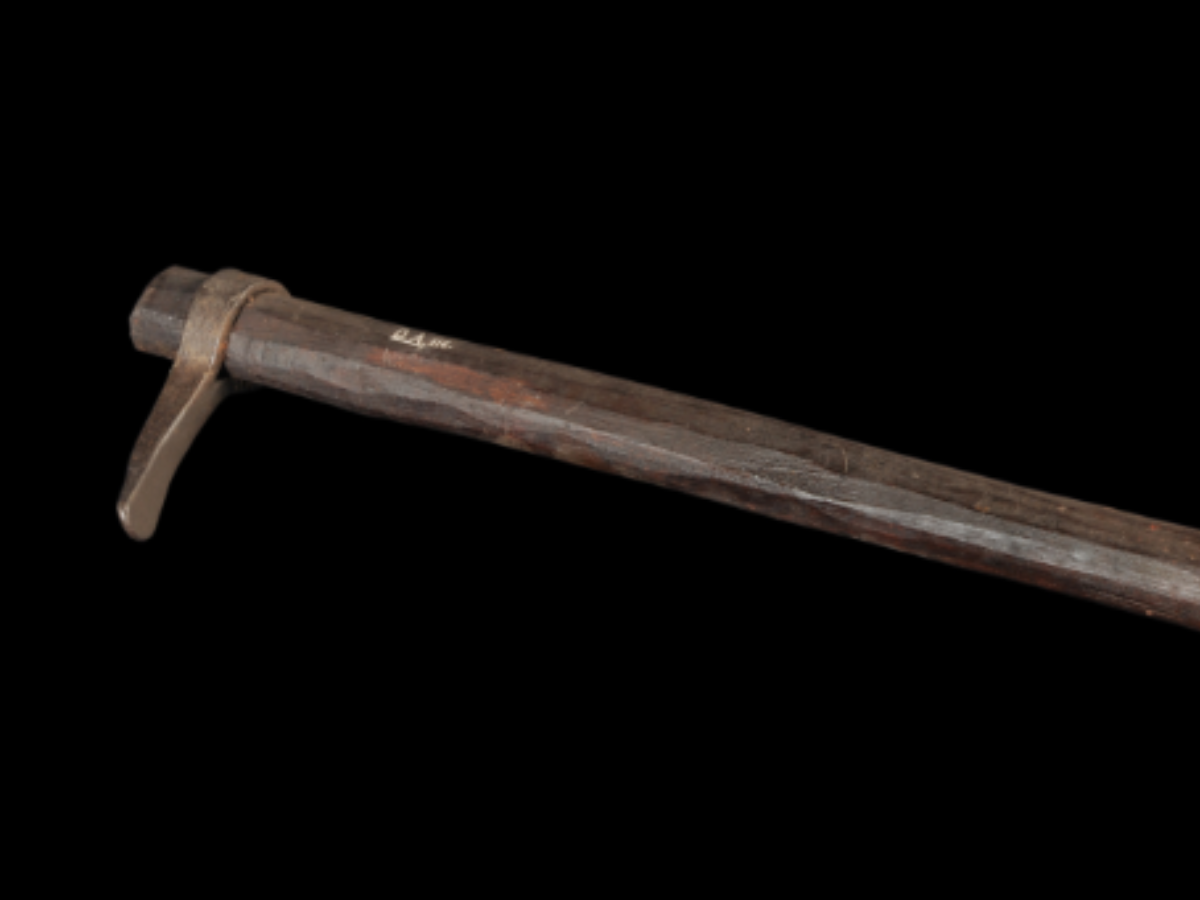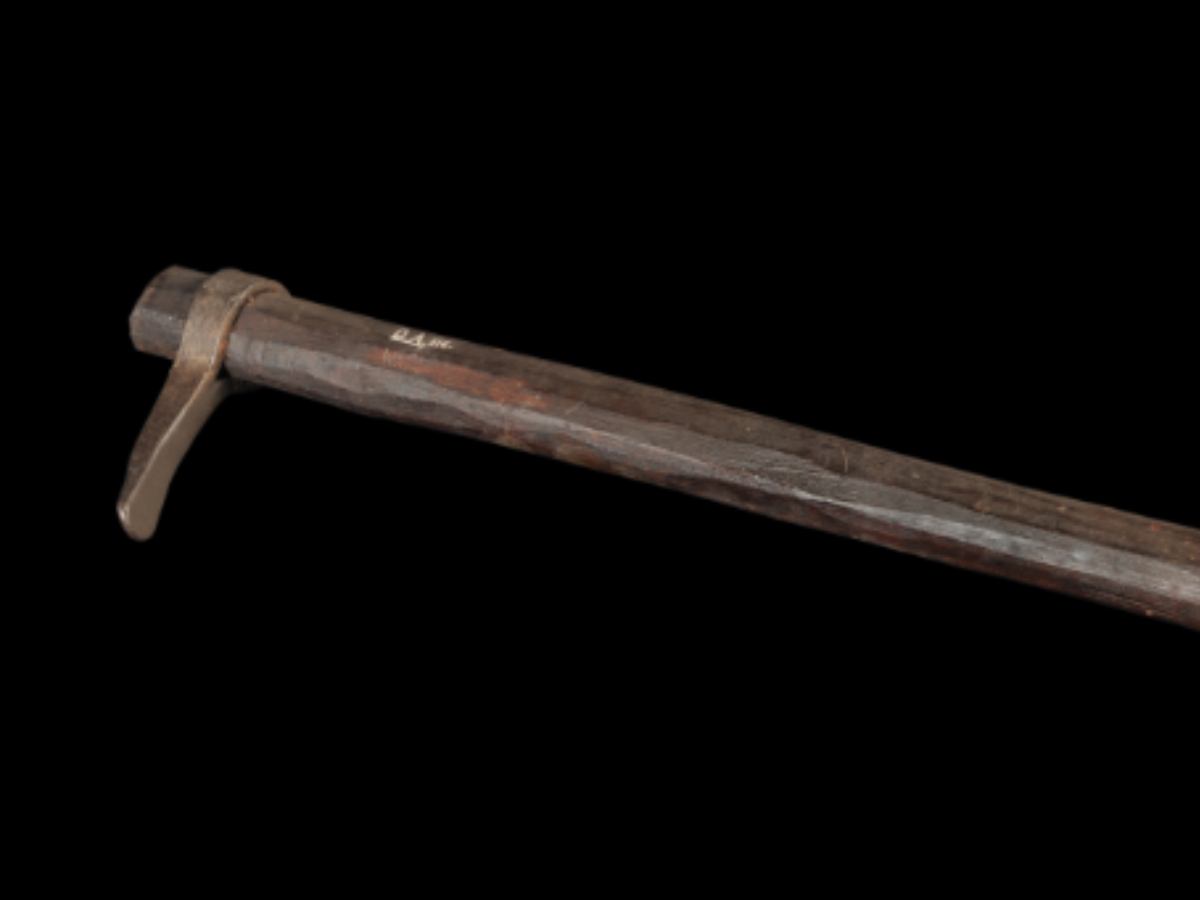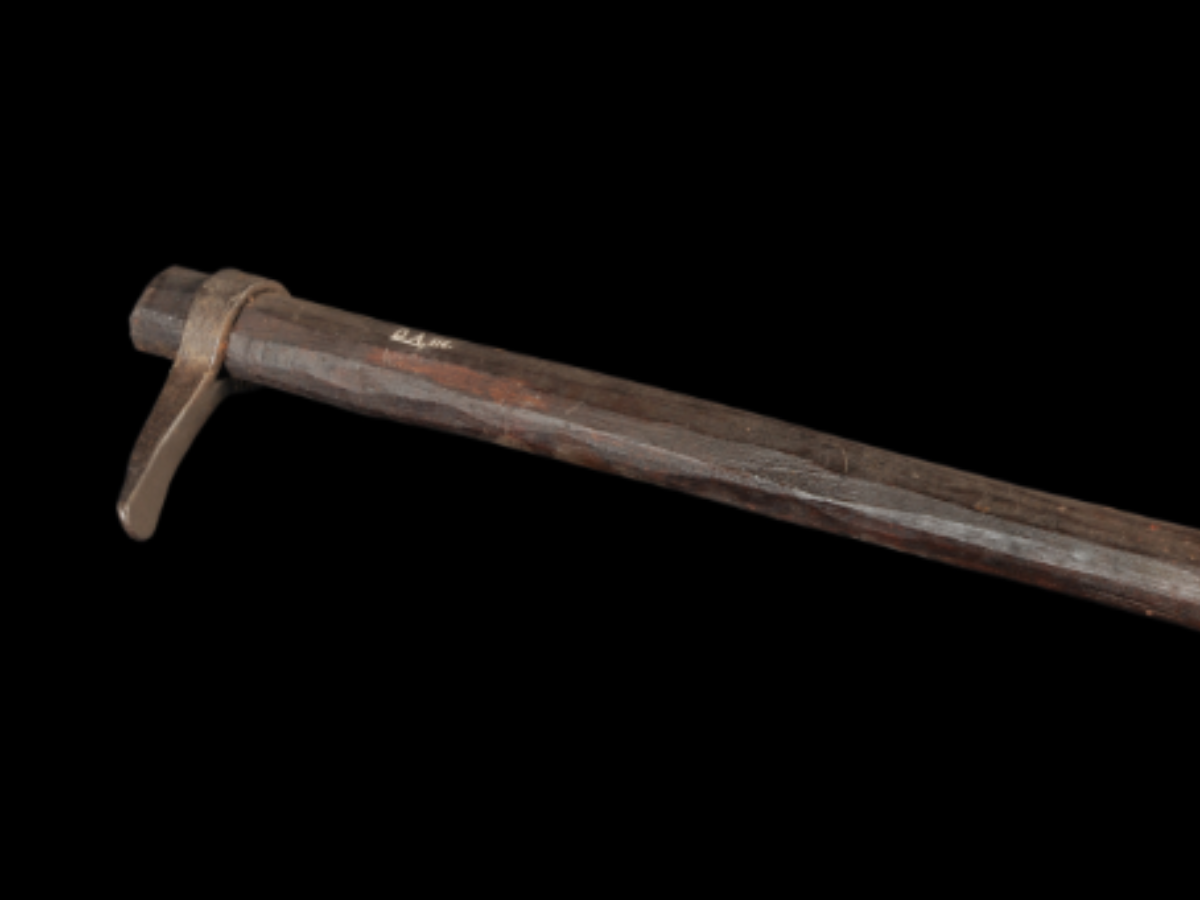State
Tribe Name
Art Type
short description
The Kanikkarans residing deep in forested areas mostly between the states of Tamil Nadu are known for their close affinity with nature which is reflected in the small tools and equipment they traditionally use to sustain their agriculture and livelihood. One of these tools important to them is the wooden hoe, a tool that speaks the inventive skills of the tribe and further shows the sustainable reality of the lifestyle they practice.
Thumbnail

Filter Postion
Left
Filter Background
Off
Theme
Filter Header Image

content
Image

description
The Kanikkarans residing deep in forested areas mostly between the states of Tamil Nadu are known for their close affinity with nature which is reflected in the small tools and equipment they traditionally use to sustain their agriculture and livelihood. One of these tools important to them is the wooden hoe, a tool that speaks the inventive skills of the tribe and further shows the sustainable reality of the lifestyle they practice.
The hoe comprises a long wooden shaft and a sturdy iron blade intricately designed for digging and turning soil in their hilly agricultural fields. The opposite end of the edge of the blade is molded into a ferrule, into which the wooden handle is inserted firmly. This sturdy attachment makes the tool hardy for working under rugged forest conditions or on uneven terrain.
Typically used for the purposes of digging soil, clearing weeds, and preparing for cultivation, the wooden hoes serve as tools mostly associated with the Kanikkarans' shifts of cultivation or horticulture. The handle is generally made of durable, local woods and gives quite a grip, enabling long usage without fatigue.
Completely made out of locally available natural materials, it embodies the green and resourceful approach that the Kanikkarans adopt. Its use continues to testify to generations of indigenous knowledge and sustainable agricultural practices. Tools such as this wooden hoe, however, have instrument connotations because they are very representative of tribal heritage and resilience.
The hoe comprises a long wooden shaft and a sturdy iron blade intricately designed for digging and turning soil in their hilly agricultural fields. The opposite end of the edge of the blade is molded into a ferrule, into which the wooden handle is inserted firmly. This sturdy attachment makes the tool hardy for working under rugged forest conditions or on uneven terrain.
Typically used for the purposes of digging soil, clearing weeds, and preparing for cultivation, the wooden hoes serve as tools mostly associated with the Kanikkarans' shifts of cultivation or horticulture. The handle is generally made of durable, local woods and gives quite a grip, enabling long usage without fatigue.
Completely made out of locally available natural materials, it embodies the green and resourceful approach that the Kanikkarans adopt. Its use continues to testify to generations of indigenous knowledge and sustainable agricultural practices. Tools such as this wooden hoe, however, have instrument connotations because they are very representative of tribal heritage and resilience.
Image Mode
landscape
promoted
On
Verified
Off
